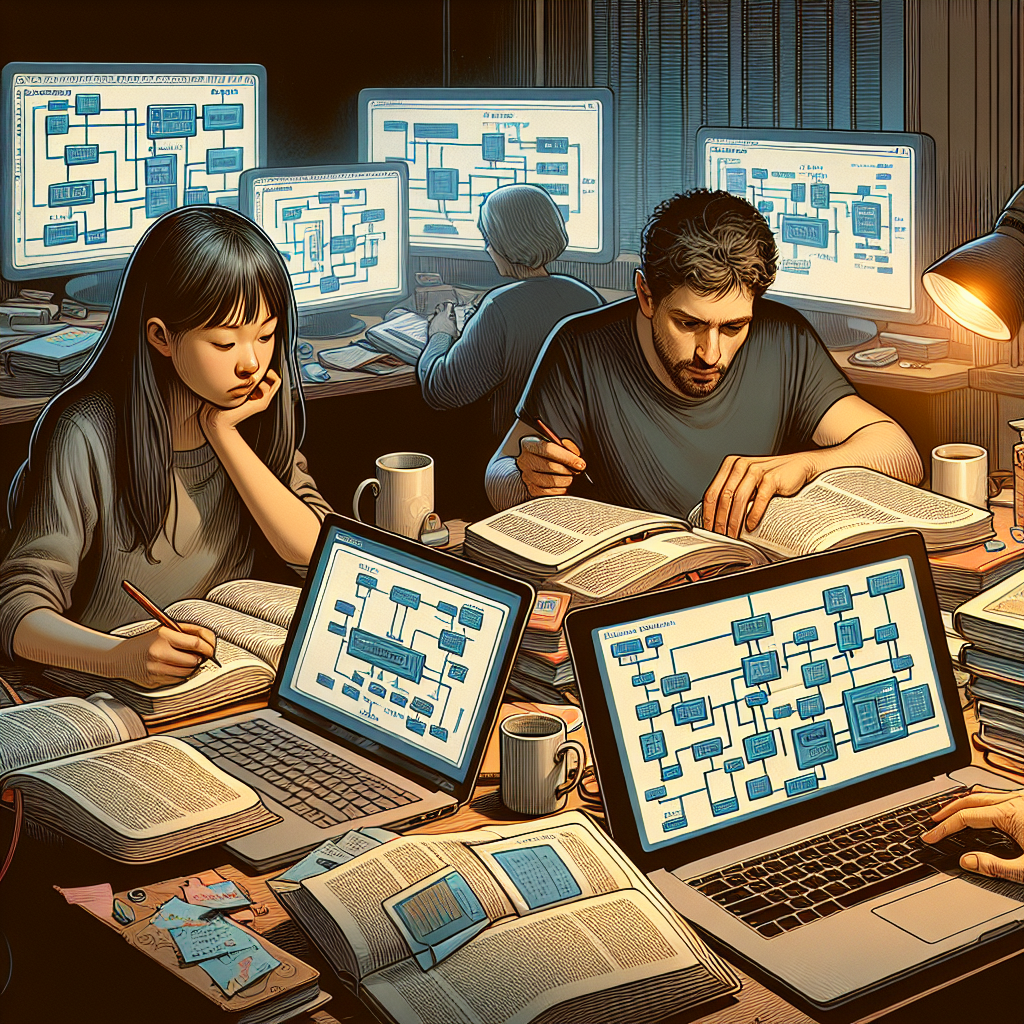Content Delivery Networks (CDN) - Accelerating Web Performance

In today's digital era, where speed and efficiency are paramount, delivering content swiftly and seamlessly to users across the globe has become a crucial aspect of online success. Enter Content Delivery Networks (CDNs), the unsung heroes behind the scenes of the internet. In this blog post, we will explore the significance of CDNs, their key features, and the benefits they bring to websites and their users.
Understanding Content Delivery Networks (CDNs)
A Content Delivery Network is a distributed network of servers strategically placed in multiple locations worldwide, working in harmony to deliver website content to users with enhanced speed and reliability. When a user requests content, the CDN intelligently routes the request to the nearest server location, minimizing latency and optimizing load times. This global network infrastructure ensures that users receive content from the server closest to their geographic location, reducing the distance data has to travel and consequently accelerating delivery.
Key Features and Functionality
-
Caching: CDNs employ caching techniques to store copies of frequently accessed content on edge servers. By doing so, subsequent requests for the same content can be served directly from the edge server, eliminating the need to fetch it from the origin server. This caching mechanism significantly reduces latency and bandwidth usage, leading to faster and more efficient content delivery.
-
Load Balancing: CDNs distribute traffic across multiple servers, intelligently balancing the load to ensure optimal performance. By intelligently routing requests based on server availability and capacity, CDNs prevent any single server from becoming overwhelmed and experiencing downtime. This load balancing capability enables websites to handle high traffic volumes without sacrificing performance or stability.
-
DDoS Mitigation: Content Delivery Networks act as a shield against Distributed Denial of Service (DDoS) attacks. By leveraging their distributed infrastructure, CDNs can absorb and mitigate large-scale DDoS attacks, protecting the origin server from being overwhelmed. This security feature ensures that websites remain accessible to legitimate users, even during malicious attacks.
Benefits of CDNs
-
Improved Website Performance: CDNs dramatically enhance website performance by reducing latency and improving load times. By serving content from the nearest edge server, CDNs ensure that users experience minimal delays, resulting in a seamless browsing experience. Faster load times also contribute to lower bounce rates and improved search engine rankings, positively impacting user engagement and conversion rates.
-
Global Reach: With CDN's extensive server infrastructure spread across various geographical locations, websites can reach users worldwide without compromising performance. By reducing the physical distance between users and servers, CDNs mitigate the effects of network congestion and latency, enabling fast content delivery to users across different regions.
-
Enhanced Scalability and Reliability: CDNs enable websites to effortlessly handle traffic spikes and high user volumes. With load balancing and caching mechanisms in place, CDNs can effectively scale resources as required, ensuring consistent performance and availability during peak periods. By offloading traffic from the origin server, CDNs also reduce the risk of server overloading and subsequent downtime.
Conclusion
Content Delivery Networks have become indispensable tools for website owners and developers aiming to provide exceptional user experiences in today's fast-paced digital landscape. By optimizing content delivery, CDNs minimize latency, improve website performance, enhance security, and enable global reach. Embracing a CDN can be a game-changer, propelling websites to new heights of efficiency, reliability, and user satisfaction.


